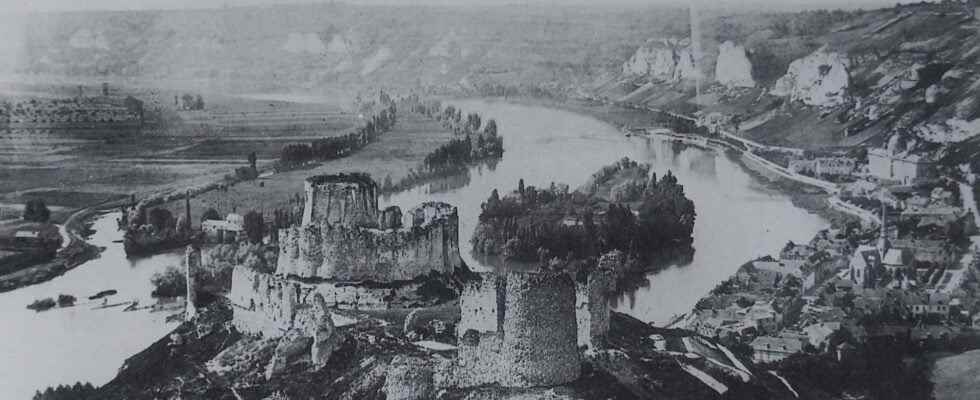Heliography is the very first photographic process that we owe to the engineer Joseph Niépce (1765-1833), around 1822, considered the inventor of the photography. It is by studying the bitumen of Judea (a kind of natural tar, known since Antiquity and used in painting as a pigment since the Middle Ages), that he discovered the principle of heliography.
This “writing by the sun” (from the Greek Helios, Sun, and spelling, drawing or writing) stems from the observation of the properties of sensitivity to light bitumen of Judea (or asphalt). Joseph Niépce discovers above all his insolubilization by the action of the sun.
Heliography, birth of photography and photoengraving
This discovery led to two major applications: shooting that the inventor calls “points of view” (the actual capture of a frame selected) and the reproduction of an image in several copies.
The shot consisted of coating a pewter plate with bitumen of Judea mixed with the essence of lavender, placed in a black room » (camera obscura) and exposing the light-sensitive surface to light for days initially, then as improvements in the process, only a few hours. Around 1828, to go from a negative to a positive, Joseph Niépce uses the properties ofiodine to finally get the desired images as seen in reality. almost a Photo in the sense we understand today.
The other application of heliogravure will allow reproduction by borrowing from the technique of etching: a metal plate covered with bitumen of Judea which hardens in the light, then immersed in theacid nitric. The plate obtained thus engraved in hollow is inked then pressed against a sheet of paper, it becomes a support with which to make reproductions to infinity.
Today, heliogravure has given way to photoengraving but the principle remains the same: the transfer of an image (drawing, painting, photo, etc.) onto a copper plate using a photosensitive gelatin which allows make the prints in thousands of copies.
You will also be interested
[EN VIDÉO] HenGenTou: photos and paintings come to life with video mapping Japanese scientists have developed a video mapping system allowing photographs or paintings to come alive. Here is a video demonstration of this surprising technique.
Interested in what you just read?
